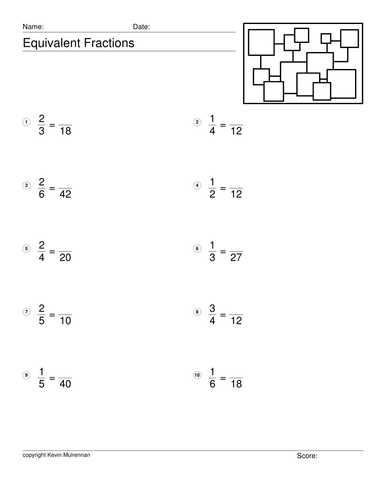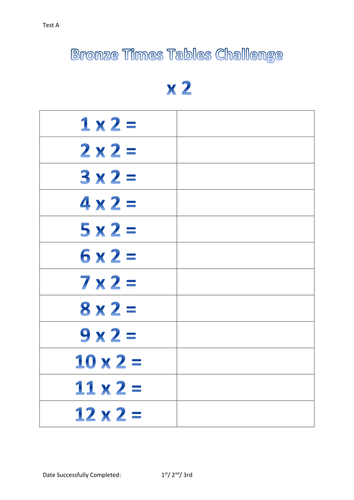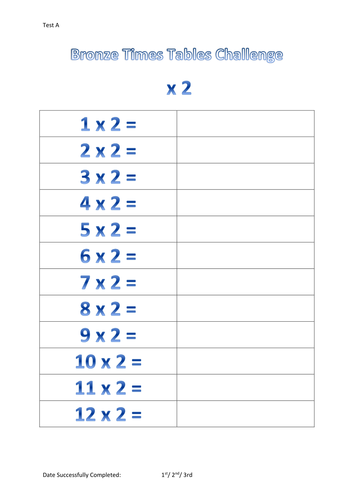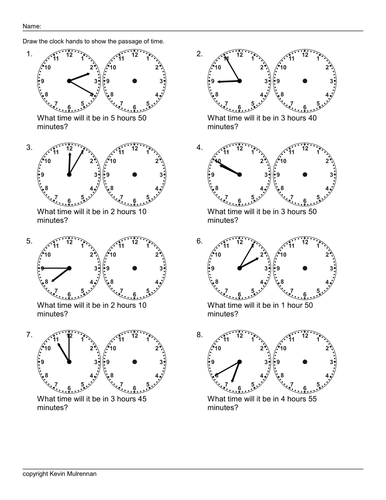408Uploads
133k+Views
45k+Downloads
All resources
Sale

Equivalent Fractions 100 Worksheets with Answers Maths
100 worksheets with answers.
20 per sheet.
Pupils have to write the equivalent fractions.
Sale

Times Tables Worksheets 2 to 12 18 One Page Worksheets Maths Test A
Worksheets to help times tables.
The 2, 3, 4, 5 and 6, 7, 8, 9, 10, 11 and 12 times tables are tested. 3 sheets for each one.
These are test A. Tests B and C are also available
Sale

11+ Grammar School Synonym Questions Literacy 100 Worksheets with Answers
Synonyms are an important part of the 11+ grammar school exams. I have designed 100 worksheets on this area. I have chosen a group of over 600 words. There are 10 questions per sheets and pupils write a, b, c or d. The teacher will be able to have a lively discussion when going over the work with the pupils, discussing the meaning of all the words. Of course they can be used by not only grammar school pupils. They would suit anyone of the top end of primary, adults with learning difficulties or foreign students learning English.
Sale

Place Value 100 Worksheets with Answers Maths Mathematics
100 worksheets with answers.
20 questions per sheet.
Pupils have to write in the value of the underlined digit.
Some are in the units column, some in the tens, some in the hundreds, some in the thousands.
A good little time filler or easy homework.
Sale

Times Tables Worksheets 2 to 12 18 One Page Worksheets Maths Test A
Worksheets to help times tables.
The 2,3,4,5,6,7,8, 9, 10, 11 and 12 times tables are tested.
3 sheets for each one.
A good timefiller or reinforcement exercise.
These are test A. Tests B and C are also available.
Sale

Teaching Resources Worksheets Rounding Numbers to the Nearest Ten
100 worksheets with answers provided.
20 questions per sheet.
Pupils have to round numbers to the nearest 10.
I have included a few that you have to round to the nearest 100.
A good time filling exercise or a nice easy homework to reinforce what has been taught in the classroom.
Bundle Sale

Decoding Bundle 200 Worksheets Verbal Reasoning
A bundle of worksheets.
200 worksheets on decoding,
Plus some great ones on Pythagoras.
I have designed 200 worksheets on decoding numbers for the 11+ non verbal reasoning questions. There are 200 worksheets provided on a cd. Decoding is an important aspect of the 11+ exams. Ideal for parents, pupils and tutors. Answer sheets provided. The Decoding worksheet helps to reinforce spelling and problem solving skills for students. The letters of each word are replaced with other letters or numbers based on a pattern.
Bundle Sale

Fractions Worksheets Mega Bundle With Answers
A great bundle of fraction worksheets.
Includes:
Equivalent Fractions 100 Worksheets with Answers Maths
Half a million (500000) Fraction Questions Worksheets
Mixed Fractions Questions 100 Worksheets Maths
Sale

Number Sequences Maths 100 Worksheets with Answers
100 worksheets.
100 answer sheets.
At least 10 questions per sheet.
Pupils have to enter the next two numbers in the sequence.
They get harder so that later sheets include decimals and 20 questions per sheet.
Sale

Rounding Numbers 100 Worksheets with Answers Maths Mathematics
100worksheets on rounding numbers to the nearest 10 or 100.
Answer sheets provided.
20 questions per sheet.
A good time filler or easy homework.
Bundle Sale

Mega maths Bundle KS2 Number Order Sequences Place Value
Mega bundle of maths worksheets for KS2
Includes:
Number Order 100 Worksheets with Answers Maths
Number Sequences Maths 100 Worksheets with Answers
Place Value 100 Worksheets with Answers Maths Mathematics
Sale

Time Passages 100 worksheets with Answers Maths Telling the Time
I have designed 100 worksheets on time passages for primary school children. They have to draw the time hands on the clocks on the sheets. What time will it be? - There are two clocks . The first clock shows a time, the second clock is blank. A question like "What time will it be in 2 hr and 20 min?" appears below the clocks. The student draws the answer on the second clock. You can use your professional judgement to choose the appropriate sheet. Answer sheets are provided for all worksheets.
Sale

Maths Puzzles Across Down Subtraction 100 Puzzles Plus Answers
100 puzzles plus answers.
Great for reinforcing maths.
Across-Downs is a fun activity that reinforces addition and subtraction skills.
The object of the exercise set is to find the answer for each row and column, then use those answers to calculate the final answer in the lower right-hand corner of the puzzle.
This set tests subtraction.
Bundle Sale

Maths Worksheets Fractions Year 5 Year 6 Plus Times Tables KS1 KS2
A big bundle of worksheets.
These will help teach fractions and also times tables.
Great value for money as this lot would cost you £16 if you bought them individually.
These are aimed at year 5 and year 6, although you could use them for older pupils too.
Look through my shop to get full details of the individual worksheets.
All answer sheets provided of course.
Here's what you get:
Equivalent Fractions 100 Worksheets with Answers Maths
£2.00
Half a million (500000) Fraction Questions Worksheets
£2.00
Mixed Fractions Questions 100 Worksheets Maths
£2.00
Simplifying Fractions 100 Worksheets with Answers Maths Mathematics KS2
£2.00
Times Table Resource Suitable for KS2 Maths Multiplication Worksheets
£2.00
Times Tables Worksheets 2 to 12 18 One Page Worksheets Maths Test A
£2.00
Times Tables Worksheets 2 to 12 18 One Page Worksheets Maths Test A
£2.00
Times Tables Worksheets 2 to 12 18 Worksheets Mathematics Revision Test C
Bundle Sale

Bundle Maths Puzzles Across Down KS2 300 Puzzles
All my across down puzzles combined.
Great for reinforcing maths.
Across-Downs is a fun activity that reinforces addition and subtraction skills.
The object of the exercise set is to find the answer for each row and column, then use those answers to calculate the final answer in the lower right-hand corner of the puzzle.
Sale

1000 Questions Multiplication Mathematics KS2 Calculator Use
Please check out my bundles which provide great value.
1000 questions on multiplication.
Great for calculator use.
Answers provided.
Pupils multiply a 2 digit number by a 2 digit one.
Sale

1000 Questions Advanced Subtraction KS2 Mathematics Calculator Use
Please check my bundles for value.
1000 questions on advanced subtraction.
The pupils take away a 2 digit figure from a 2 digit figure.
Answers provided
Sale

1000 Questions Advanced Division with Remainders KS2 Mathematics Calculator Use
Please check out my bundles which provide great value.
1000 questions on division.
Great for calculator use.
Answers provided.
Pupils divide a three digit number by a 2 digit one.
There are remainders in these questions.
Sale

1000 questions Counting Patterns Mathematics KS2 Calculator Use
Please check my bundles for better value.
1000 questions on counting patterns.
All answers provided.
Pupils have to, for example, count by 6 from 7 to 61
Sale

Bundle 1000 questions advanced additiob plus 1000 questions advanced division1000 Questions Advanced Division
A bundle.
1000 questions on advanced addition.
Plus 1000 questions on advanced division.
All answers provided.




















